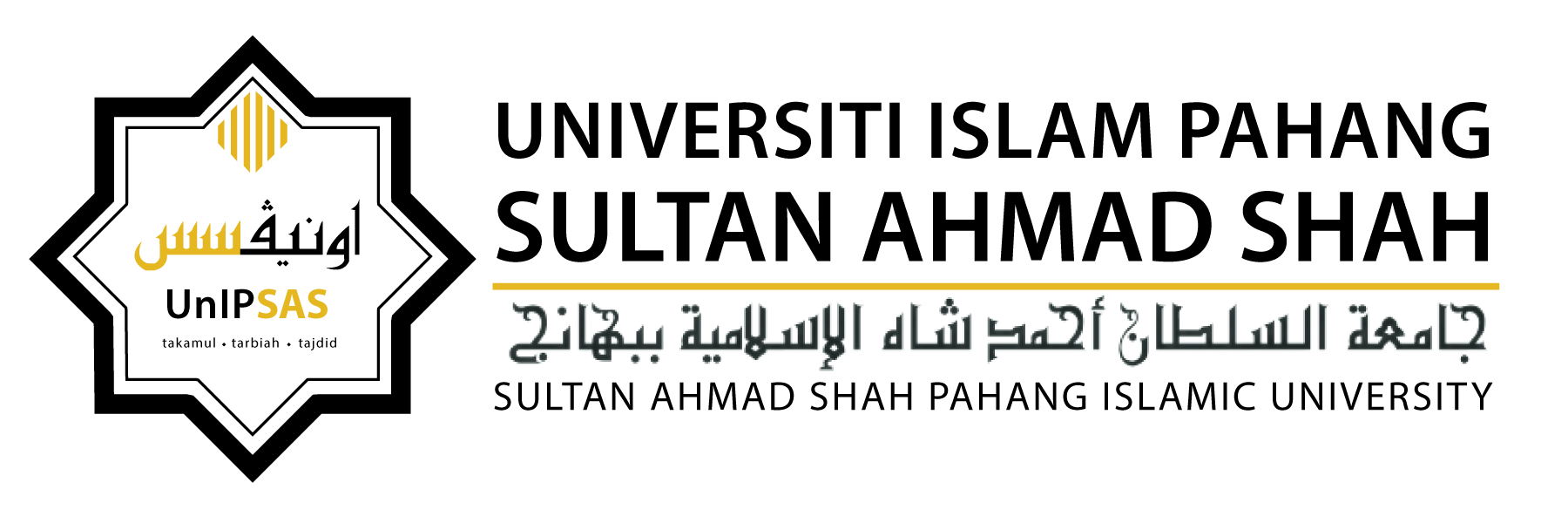HUBUNGAN FAKTOR-FAKTOR PENYERTAAN GURU SEKOLAH RENDAH DI MERSING TERHADAP SAHAM WAKAF JOHOR : SATU KAJIAN RINTIS
DOI:
https://doi.org/10.64398/alsirat.v24i1.321Keywords:
Primary School Teachers, Theory of Planned Behavior (TPB), Intention, Saham Wakaf JohorAbstract
Waqf as an instrument of Islamic economic development has evolved from
tangible asset forms to waqf shares. Saham Wakaf Johor (SWJ) was
introduced in the state of Johor to encourage waqf practices in daily life.
However, from 2017 to 2021, there was a significant decline in SWJ shares,
with Mersing district recording the lowest collection compared to other
districts in Johor. This study aims to explore the factors influencing teachers'
participation in SWJ. A quantitative study using simple random sampling
technique involved 100 primary school teachers in the Mersing district as the
study sample. Data was collected using a questionnaire instrument and
analyzed using SmartPLS 4.0. The Theory of Planned Behavior (TPB) was
employed, with four main factors: attitude, perceived behavioral control,
subjective norm, and promotion, tested in this study. The study findings
indicate that teachers' intention to participate in SWJ is moderately high,
indicating that teachers have a positive attitude and interest in SWJ. Two
factors, attitude and subjective norm, were found to be significantly
associated with teachers' intention to participate in SWJ. However, perceived
behavioral control and promotion were not found to be significant predictors
of teachers' intention to participate in SWJ. This study is important for
understanding teachers' perspectives on SWJ as a form of charity and support
for the sustainability of Islamic economics.
Downloads
Published
How to Cite
Issue
Section
License

This work is licensed under a Creative Commons Attribution-NonCommercial 4.0 International License.





